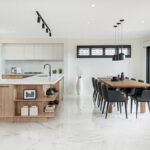8 Types Of Hardwood Flooring And How To Choose
Choosing flooring is a crucial decision, blending functionality and aesthetics. Hardwood floors, known for their timeless appeal, come in two main types: solid wood and engineered wood. Solid wood offers warmth and beauty, lasting for decades with proper care, but it can be pricey. Engineered wood, more resistant to moisture, suits various spaces. Laminate, an engineered option, is budget-friendly but lacks the authenticity of real wood. Vinyl, a fast-growing category, is waterproof and easy to install, but it may not match natural materials. Other options include carpet, stone, concrete, and tiles, each with unique characteristics and considerations.
Factors to Consider When Choosing Hardwood Flooring
- Type of Wood:
- Options include oak, maple, cherry, and walnut, each with unique characteristics.
- Consider the wood type based on design preferences, usage, and budget.
- Solid vs. Engineered Hardwood:
- Solid hardwood is a traditional, solid plank cut to the desired thickness.
- Engineered hardwood consists of multiple layers glued together, offering better moisture resistance.
- Engineered hardwood can be sanded and re-stained only once or twice.
- Finished vs. Unfinished:
- Finished hardwood is sanded and stained at the manufacturing facility, reducing on-site work.
- Unfinished hardwood allows for custom stain colors and matching existing floors.
- Hardness (Janka Hardness Scale):
- Measures the wood’s ability to withstand wear and tear.
- Higher Janka rating indicates better resistance to scratches and dents.
- Grain Pattern:
- Grain patterns include straight, spiral, and wavy, influencing the aesthetics.
- Complicated grain patterns have a more significant impact on the room’s look.
- Color:
- Hardwood colors range from light to dark with variations in red, orange, or gray tones.
- Consider how the floor color complements other elements in the space, such as walls and furniture.
Types of Hardwood Flooring
Below are the different types of hardwood floor options available to choose from, including their unique characteristics, pros, cons and costs:
Oak
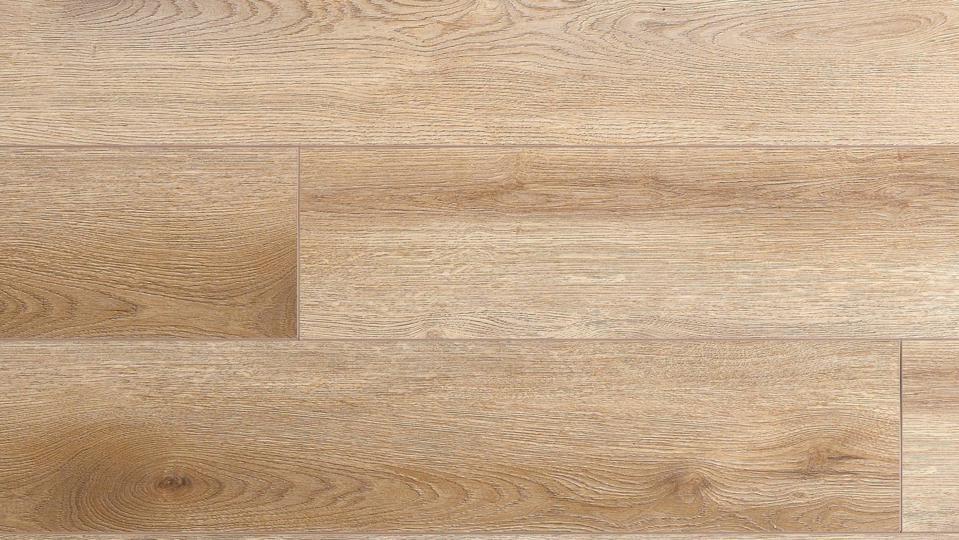
Oak is a highly favored wood flooring choice due to its durability, color options, and reasonable prices. It comes in red and white oak variations, offering a classic look that suits various styles, except ultra-modern.
Cost: $5 to $11 per square foot
Pros:
- Durable
- Grain pattern conceals scratches
- Widely available
Cons:
- May yellow with sun exposure over time
Maple
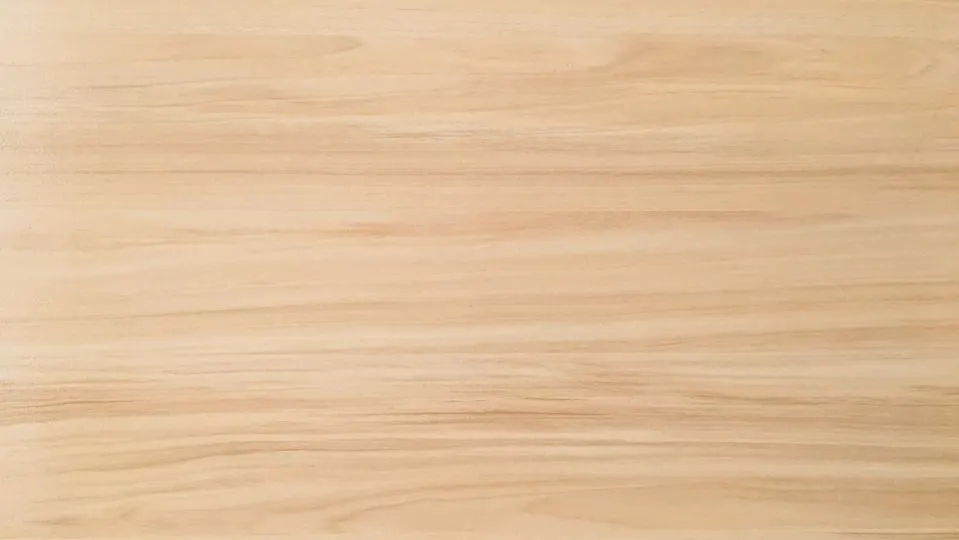
Maple, slightly more durable than oak, has a similar appearance but is challenging to stain dark. Often chosen for its natural color.
Cost: $5 to $10 per square foot
Pros:
- Durable
- Less prone to yellowing from sun exposure than oak
Cons:
- Challenging to stain in colors other than natural light.
Hickory
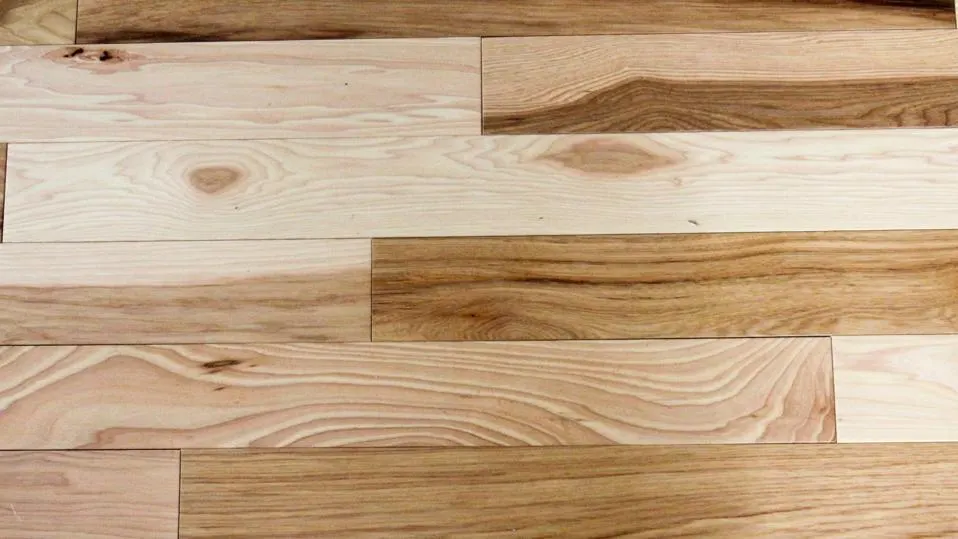
Hickory, the most durable wood flooring, suits high-traffic areas. Its varied grain pattern hides scratches, but the rustic look may not suit modern styles.
Cost: $4 to $7 per square foot
Pros:
- Extremely durable
- Grain pattern hides scratches
Cons:
- Distinct rustic look
- More challenging installation due to hardness
Cherry
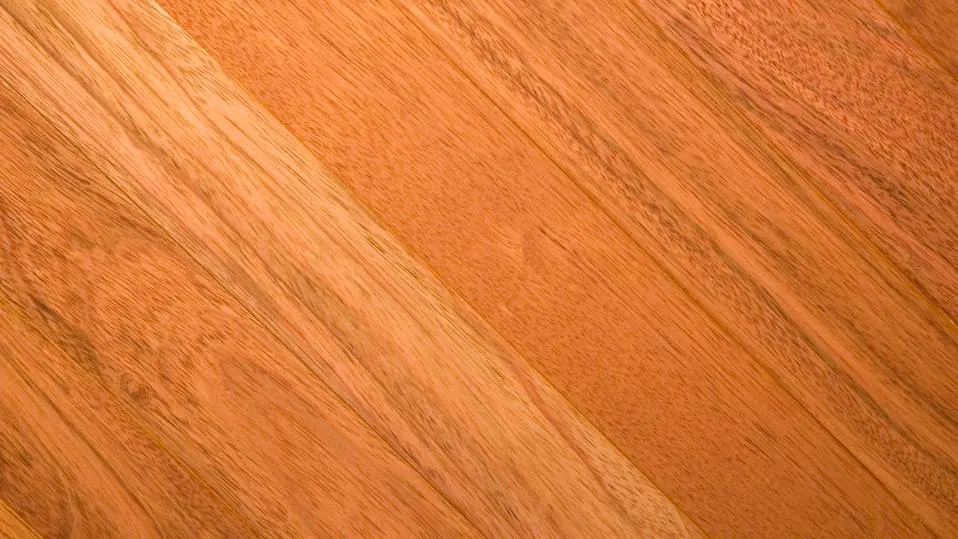
Cherry wood flooring offers a unique warm color, leaning towards red or orange. It’s softer than oak or maple, suitable for low-traffic areas.
Cost: $4 to $7 per square foot
Pros:
- Unique warm color
- Easier installation due to softness
Cons:
- Softer material for low-traffic areas
- Darkens over time with sun exposure
Walnut
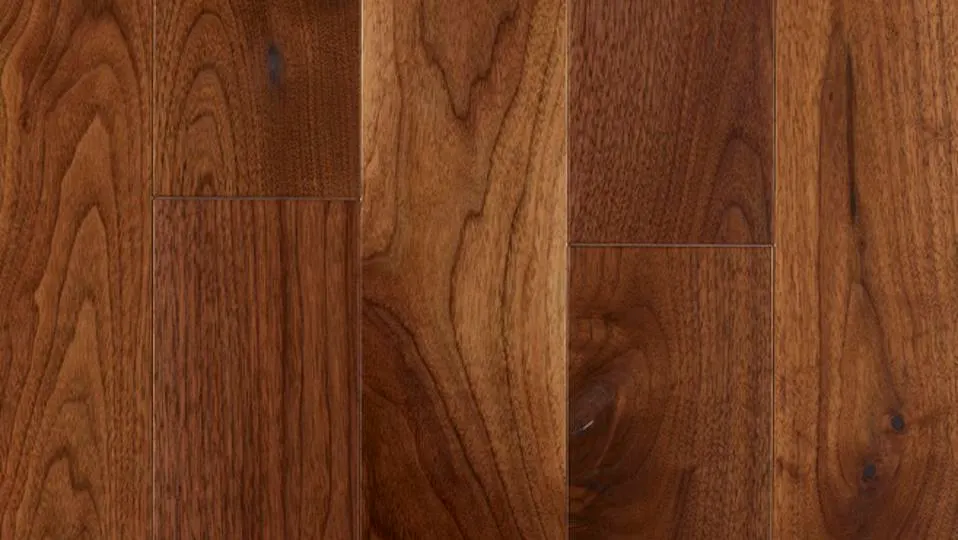
Walnut wood flooring features a rich, dark brown color suitable for historical and midcentury homes. It’s durable, but more expensive and less widely available.
Cost: $8 to $14 per square foot
Pros:
- Durable
- Rich, warm color
Cons:
- More expensive material
- Not as widely available
Ash
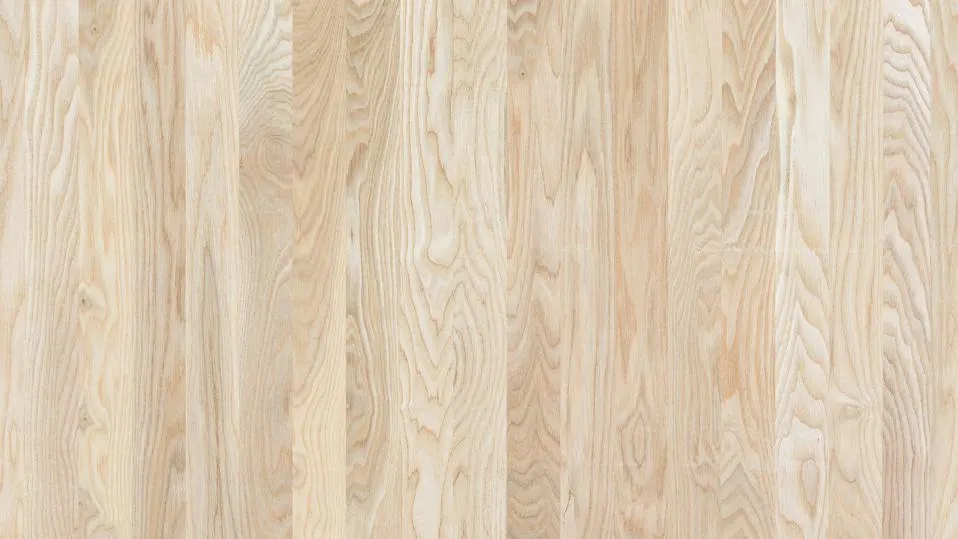
Ash hardwood flooring, often compared to oak, boasts durability with a lighter color and pronounced grain. It’s slightly more expensive and less widely available.
Cost: $7 to $9 per square foot
Pros:
- Durable
- Light, coastal color
Cons:
- Slightly more expensive material
- Not as widely available
Mahogany
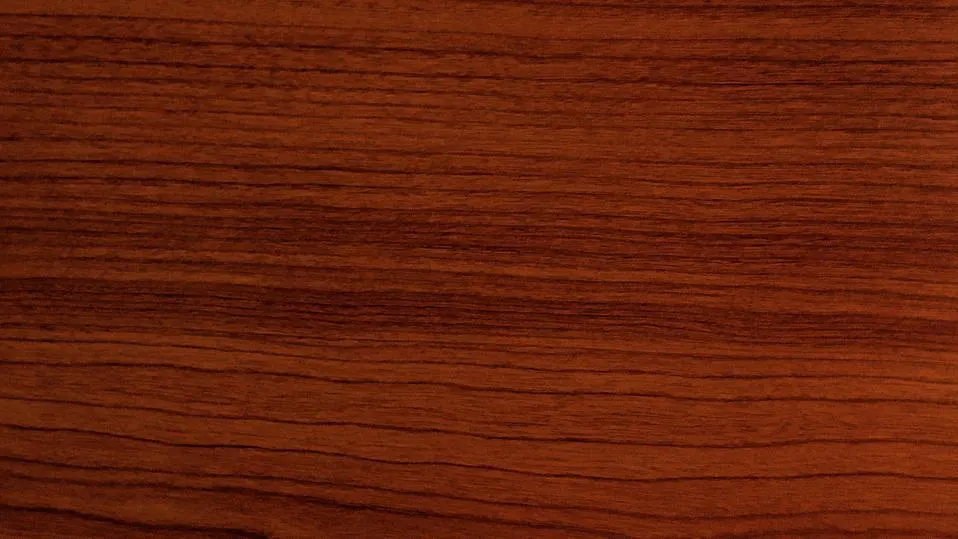
Mahogany hardwood flooring is prized for its deep color, intricate grain, and durability. While water-resistant, it comes at a higher cost.
Cost: $10 to $18 per square foot
Pros:
- Very durable
- Moisture-resistant
- Unique grain and color
Cons:
- More expensive material
Bamboo
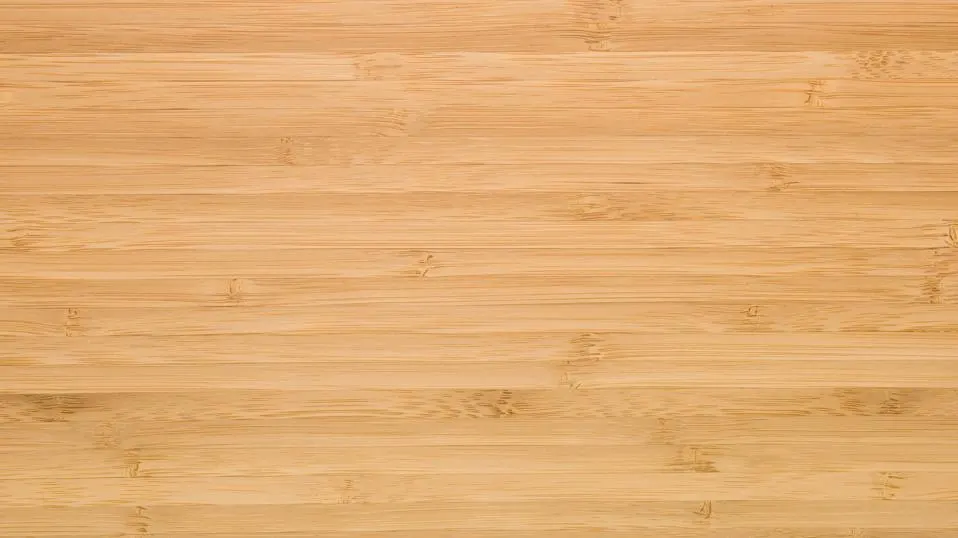
Bamboo, a grass, competes with hardwoods in durability and design. Light in color and moisture-resistant, but quality varies between suppliers.
Cost: $2 to $10 per square foot
Pros:
- Durable
- Moisture-resistant
Cons:
- Quality varies


